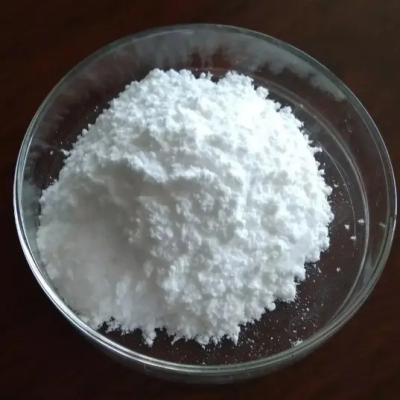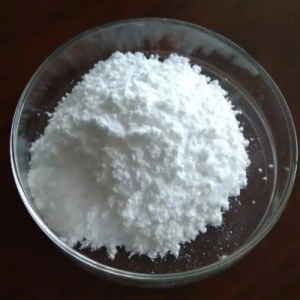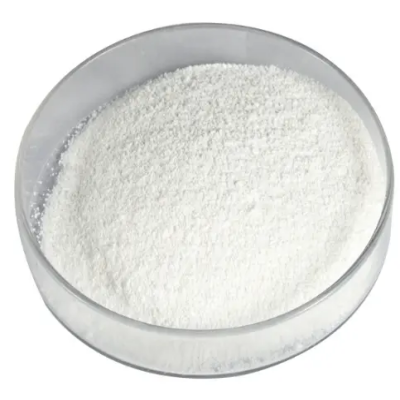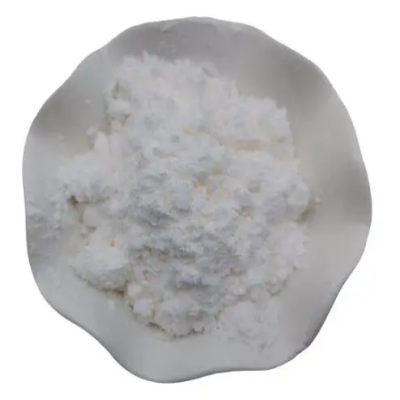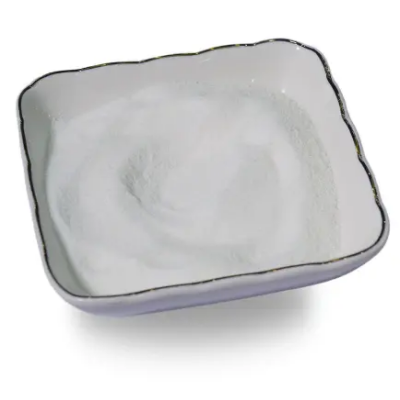3-diethylamino-1-propyne CAS:4079-68-9
3-Diethylamino-1-propyne (DEAP) finds application across multiple industries due to its versatile properties: Chemical Synthesis: DEAP is used as a versatile building block in organic synthesis for the preparation of pharmaceuticals, agrochemicals, and specialty chemicals. Its unique structure enables the introduction of functional groups and stereochemical diversity into organic molecules. Photovoltaics: In the field of organic electronics, DEAP is employed as a dopant or electron donor material in organic solar cells. It helps improve the efficiency and stability of solar energy conversion by facilitating charge transport and separation at the interface of organic semiconductors. Catalysis: DEAP-based catalysts are utilized in various organic transformations such as hydrogenation, hydroamination, and C-H activation reactions. These catalysts exhibit high activity, selectivity, and stability, enabling the efficient synthesis of complex organic molecules for pharmaceutical and fine chemical industries. Polymer Chemistry: DEAP serves as a monomer or modifier in the synthesis of functional polymers and copolymers with applications in coatings, adhesives, and biomaterials. Its reactive functional groups enable the incorporation of desired properties such as conductivity, adhesion, and biocompatibility into polymeric materials. Analytical Chemistry: DEAP is used as a fluorescent probe or indicator in analytical methods for the detection and quantification of various analytes such as metal ions, amino acids, and neurotransmitters. Its fluorescence properties make it valuable for sensitive and selective detection in biological and environmental samples. Surface Modification: DEAP derivatives are employed for surface functionalization of materials such as nanoparticles, membranes, and electrodes. They form self-assembled monolayers or thin films on surfaces, imparting specific functionalities such as wettability, biocompatibility, and catalytic activity. Medicinal Chemistry: DEAP and its derivatives exhibit pharmacological activities and are investigated for their potential therapeutic applications. They show promise as anticancer agents, antimicrobial agents, and modulators of neurological disorders, contributing to drug discovery and development efforts. Gas Sensing: DEAP-based materials are utilized in gas sensing devices for the detection of volatile organic compounds (VOCs) and hazardous gases. Their high sensitivity and selectivity make them suitable for applications in environmental monitoring, industrial safety, and medical diagnostics. Adhesive Technologies: DEAP is used in the formulation of adhesives and sealants for bonding a wide range of substrates including metals, plastics, and ceramics. Its ability to undergo crosslinking reactions enhances the strength and durability of adhesive joints in various industrial and consumer applications. The diverse applications of 3-diethylamino-1-propyne highlight its importance as a versatile chemical in organic synthesis, materials science, and various technological fields, contributing to the development of advanced materials, technologies, and processes.



| Composition | C7H13N |
| Assay | 99% |
| Appearance | white powder |
| CAS No. | 4079-68-9 |
| Packing | Small and bulk |
| Shelf Life | 2 years |
| Storage | Store in cool and dry area |
| Certification | ISO. |


